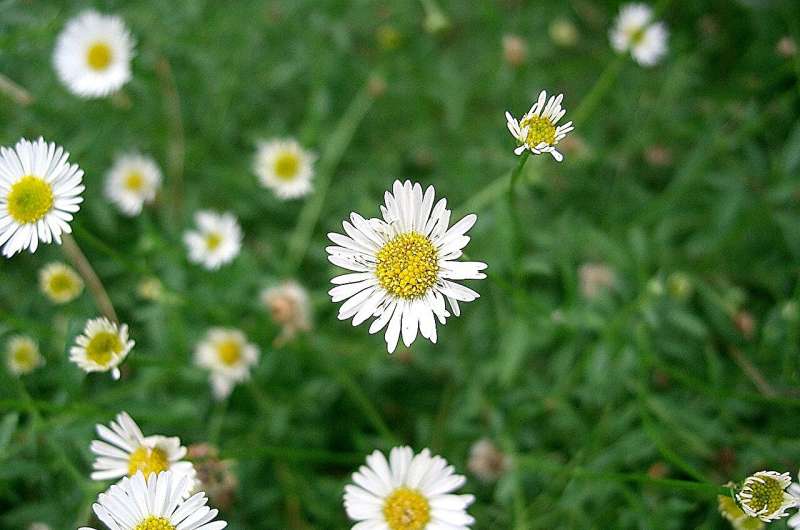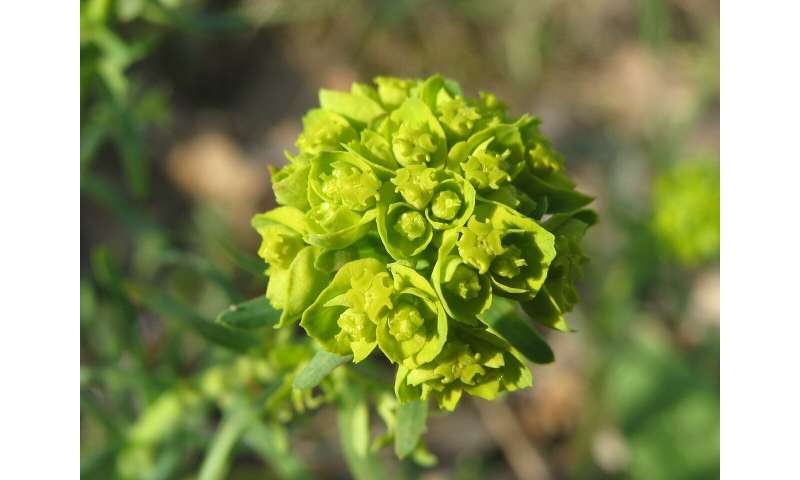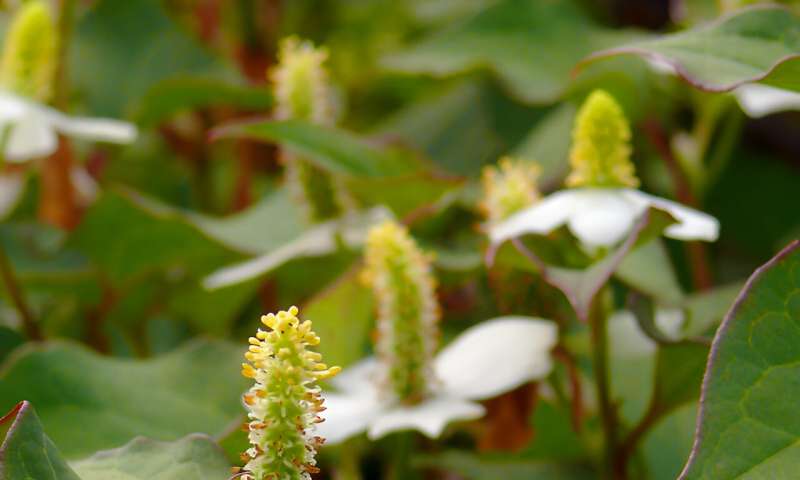This article has been reviewed according to Science X's editorial process and policies. Editors have highlighted the following attributes while ensuring the content's credibility:
fact-checked
peer-reviewed publication
trusted source
proofread
Gardeners can help identify potentially invasive plants

The critical role of gardeners in identifying 'future invaders'—ornamental plants that could become invasive species—has been revealed by researchers from the University of Reading and the Royal Horticultural Society.
Looking to draw from the experience of Britain's millions of gardeners, the team created an online survey where gardeners reported ornamentals that showed 'invasive behavior' in their gardens.
Based on reports from 558 gardeners, 251 different plants were identified as potential invaders, reflecting the extensive variety and potential risks in domestic gardens. The team analyzed the results, considering both domestic and global invasive status, and prioritized ornamental plants of concern. The result was a shortlist of plants which need their invasive potential in Britain and Ireland assessed.
The shortlisted plants include, for example: Mexican fleabane (Erigeron karvinskianus); cypress spurge (Euphorbia cyparissias); chameleon plant (Houttuynia cordata); Himalayan honeysuckle (Leycesteria formosa); and purple top (Verbena bonariensis).
The results, published in the open-access journal NeoBiota, highlight the critical role of gardeners in the early detection of invasive species, a key factor in the global nature crisis. Such proactive identification could prove invaluable for future risk assessments and prevention strategies.
-

Cypress spurge (Euphorbia cyparissias). Credit: AnRo0002 via Wikimedia Commons -

Chameleon plant (Houttuynia cordata). Credit: Mariko GODA via Wikimedia Commons
Lead author Tomos Jones said, "The simple yet structured scheme we developed was used to prioritize which of the around 70,000 ornamental plants available to buy in the UK could be future invaders. This is crucial for focusing research efforts and resources, such as conducting formal risk assessments to explore the invasive potential of those shortlisted."
John David, RHS Head of Horticultural Taxonomy, said, "It's important to remember that these shortlisted plants are not yet officially invasive, and that many non-native plants that occur in the wild present no threat to our native biodiversity."
Gardeners are encouraged to get involved in helping identify future invaders. Ornamental plants showing 'invasive behavior' can be reported by gardeners through an ongoing project called Plant Alert. This is run by the Botanical Society of Britain and Ireland and Coventry University.
More information: Can gardeners identify 'future invaders'?, NeoBiota (2024). DOI: 10.3897/neobiota.91.110560
Journal information: NeoBiota
Provided by Pensoft Publishers




















